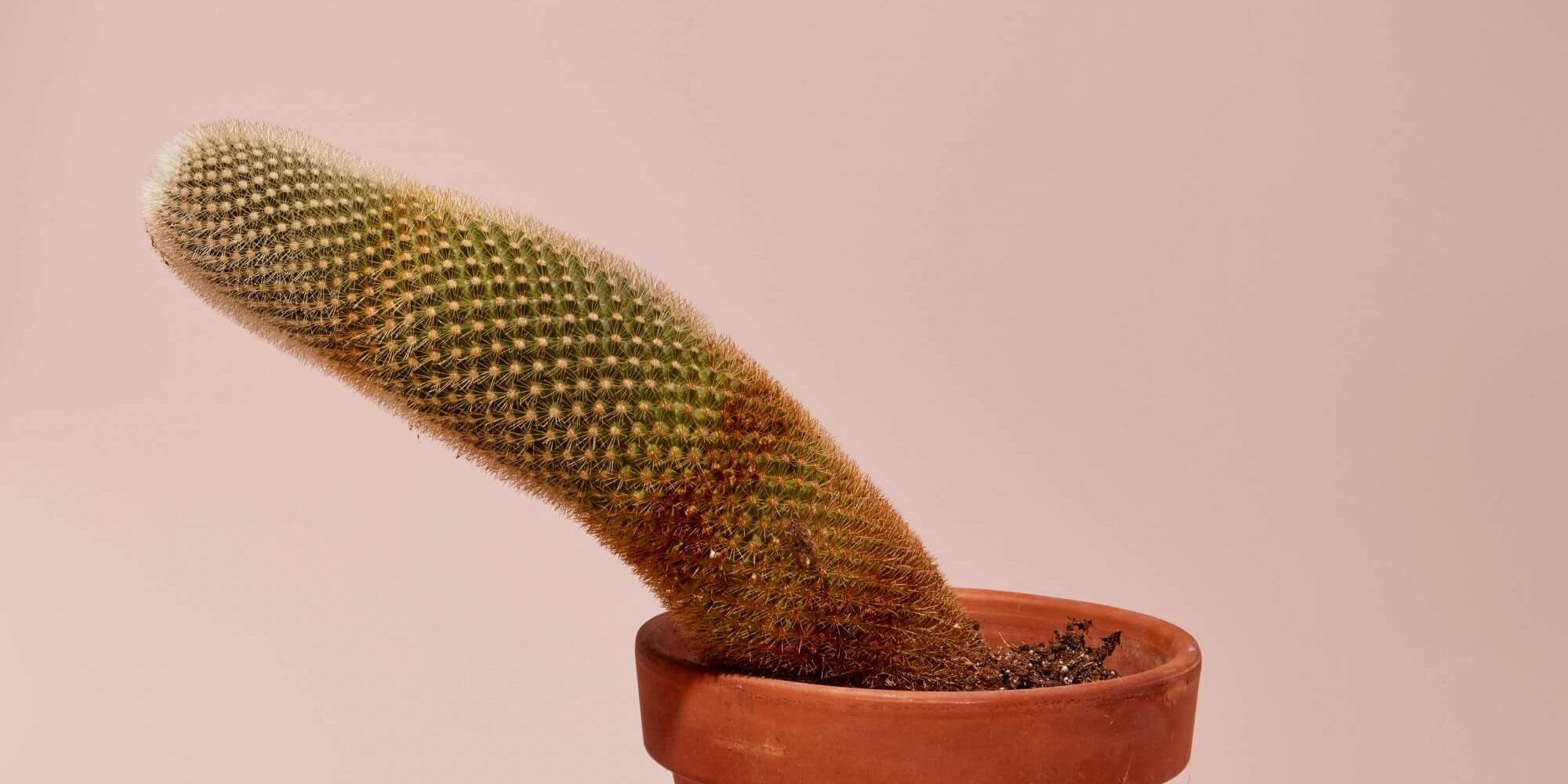What is Peyronie’s Disease?
Inside the penis, there are two cylindrical tubes called the corpus cavemozum, which allows the penis to erect. These tubes are surrounded by an outer sheath called tunica albuginea. Due to a number of changes that occur in this sheath, hard plaques are formed due to various reasons. These solid plates can be felt by hand and cause penile deformity. This is called Peyronie’s disease.
During sexual intercourse, the erected penis may have curvature due to difficulty. During these difficulties, usually small injuries occur in the tunica albuginea which is a sheath covers the penile tubes. In time, these small injuries that occur in the sheath may cause the hard structures of the penis called Peyronie plaque. The Peyronie plaque may cause the penis to bend in one direction when the penis becomes erected during sexual intercourse, or it may narrow the penis.
In whom the Peyronie’sDisease is commonly seen?
It can be seenat an earlier age but Peyronie’s disease is more common in men between the ages of 40-60. In some cases, there is a greater risk of developing Peyronie’s disease. These are the following:
Penile strains during sexual intercourse during the position of the woman on top
Penile curvature
Hypertension
Diabetes
Alcohol
Cigaret
What are the symptomps of Peyronie’sDisease?
Pain in the penis
Penile deformity
Curvature of the penis when erected
Hard tissues under the skin of the penis
Erectile disorder
Shortening of penis length
How is Peyronie’s Disease Treated?
Peyronie’s disease can recover by 10%. If not recovered, the treatment methods are drug therapy, topical treatments and surgery. The treatment of Peyronie disease depends on the stage of the disease.
In the early period of the disease (acute period), the plaque that causes penile curvature is not yet fully formed and therefore drug treatment can be applied. Among the drugs used; there are some oral drugs such as vitamin E, colchicine, tamoxifen. Drugs that are taken orally and prevent plaque development, as well as a number of drugs called steroid, verapamil, interferon and collagen synthesis inhibitors, can be injected into the plate. If Peyronie’s disease is diagnosed early and effective treatment is applied at this time, the curvature of the penis may limit itself and even curvature may be removed. Therefore, it is very important to diagnose the disease in the acute period. The most important symptom of this period is pain and a stiffness or irregularity on the penis.
In the later period of the disease, the period when the painful period ends and deformity begins (chronic period), there is no drug treatment effectiveness. In this period, some substances can be injected into the stiffness of the penis or shock wave therapy can be tried. However, the treatment to be applied in this period is the correction of curvature by surgery. The surgical procedures used include plication surgery, patch placement and penis prosthesis implantation. When deciding on surgery, it is important whether there is a spontaneous erection of the penis at night with deformity. In the case of Peyronie patients with erectile dysfunction, a penile prosthesis known as the joystick may also be inserted during the surgery to remove deformity.

